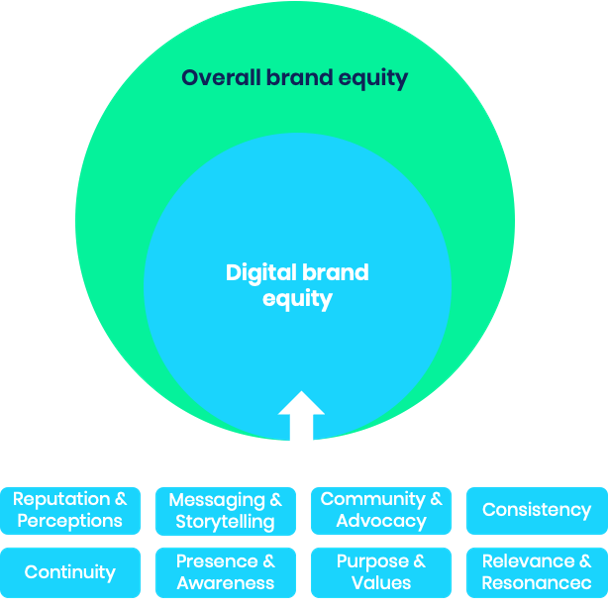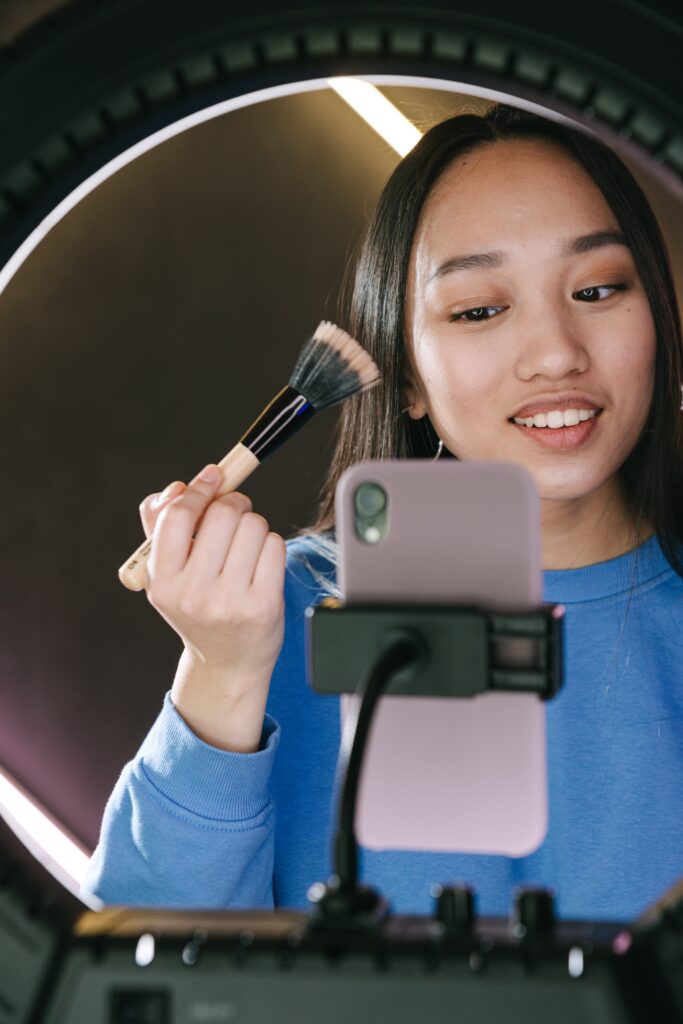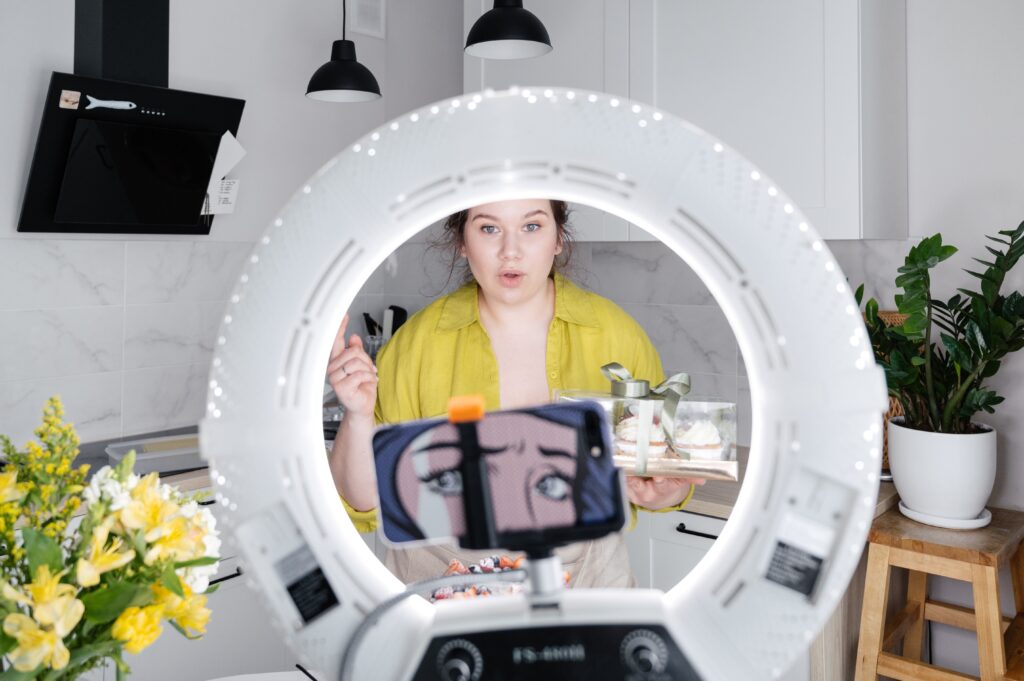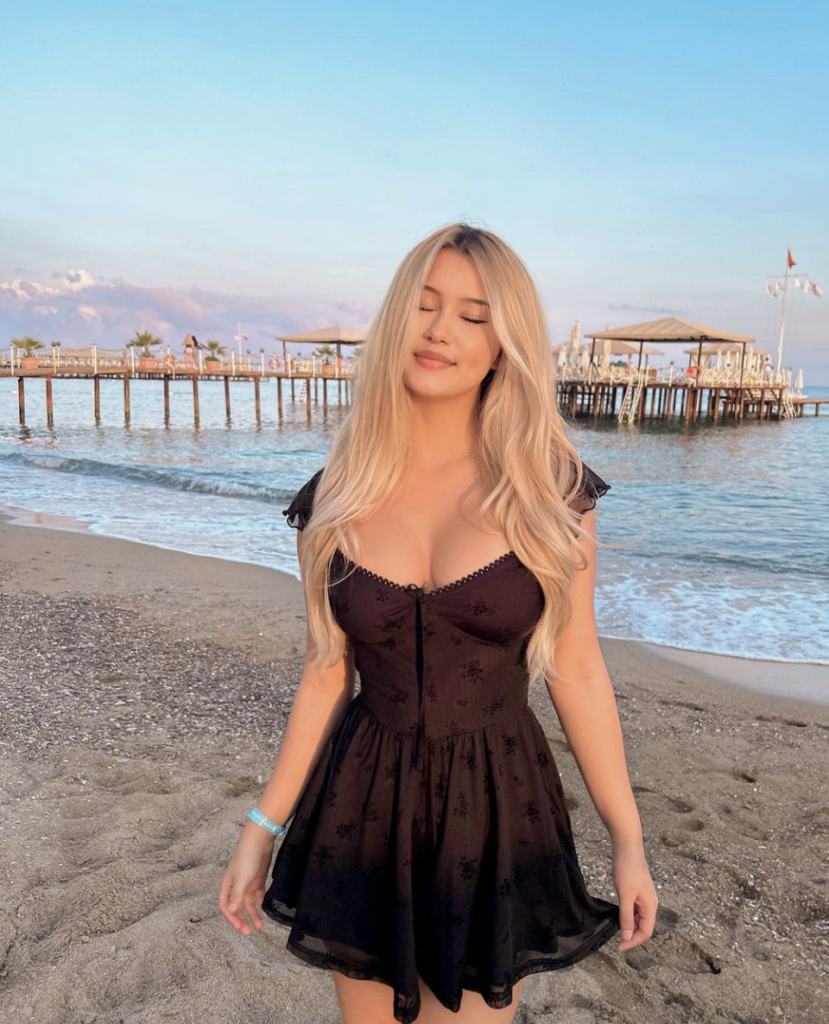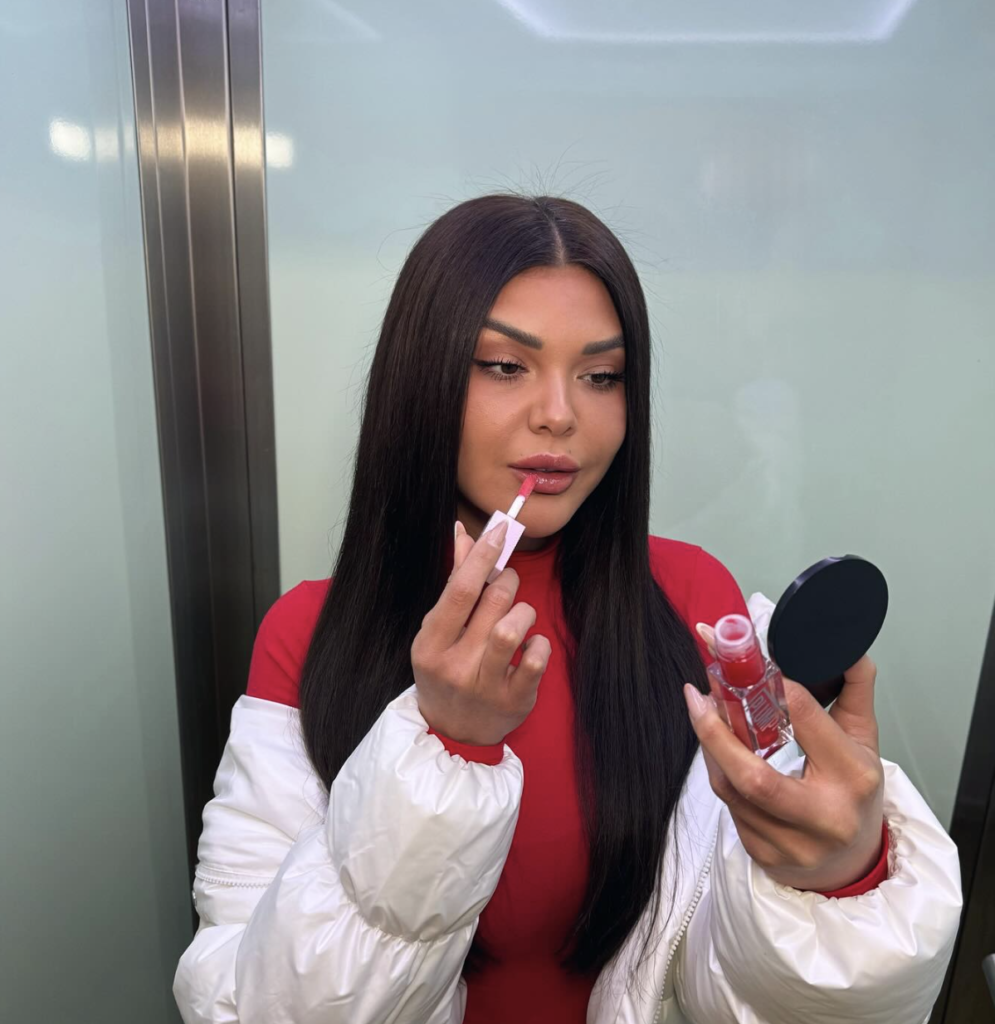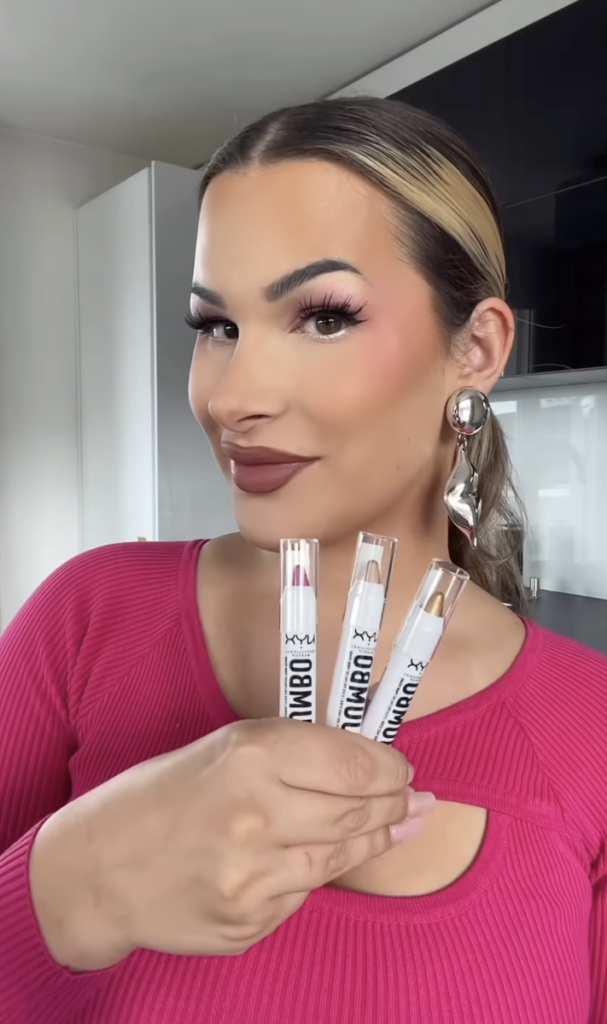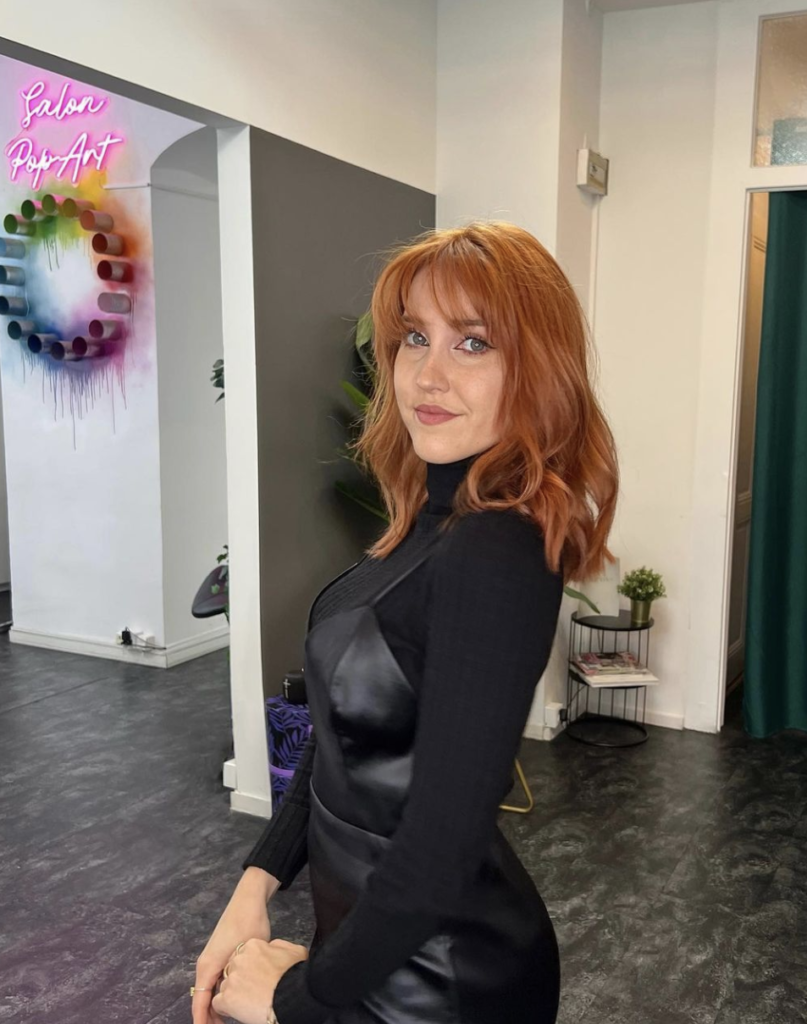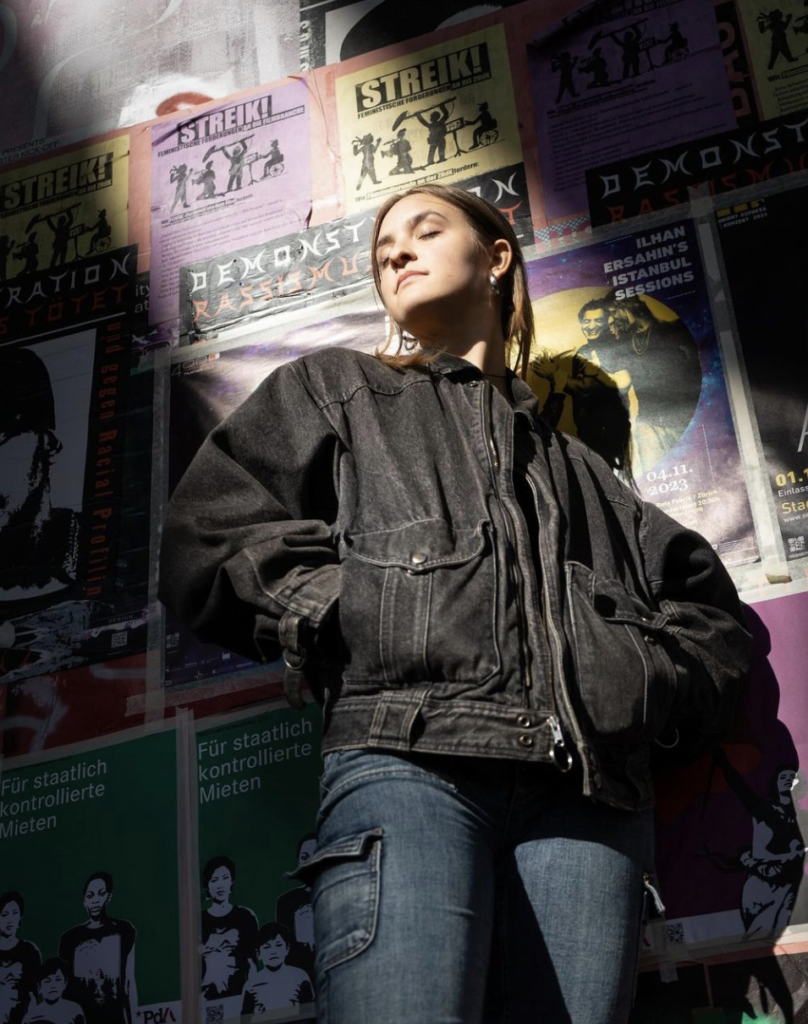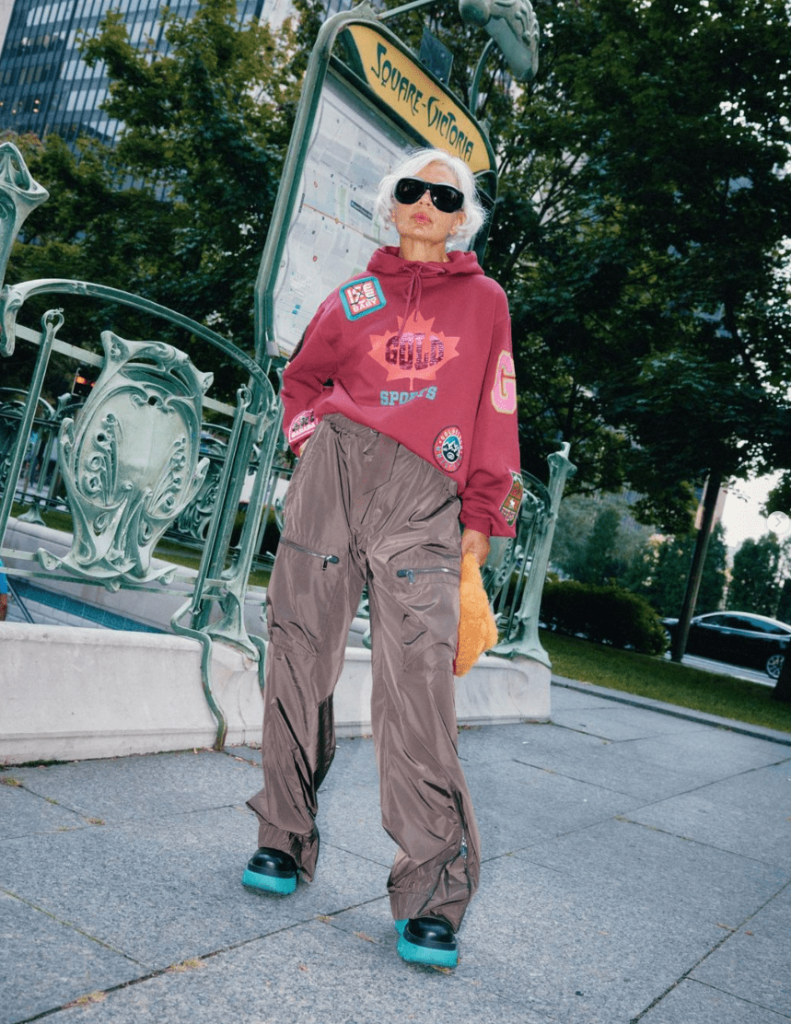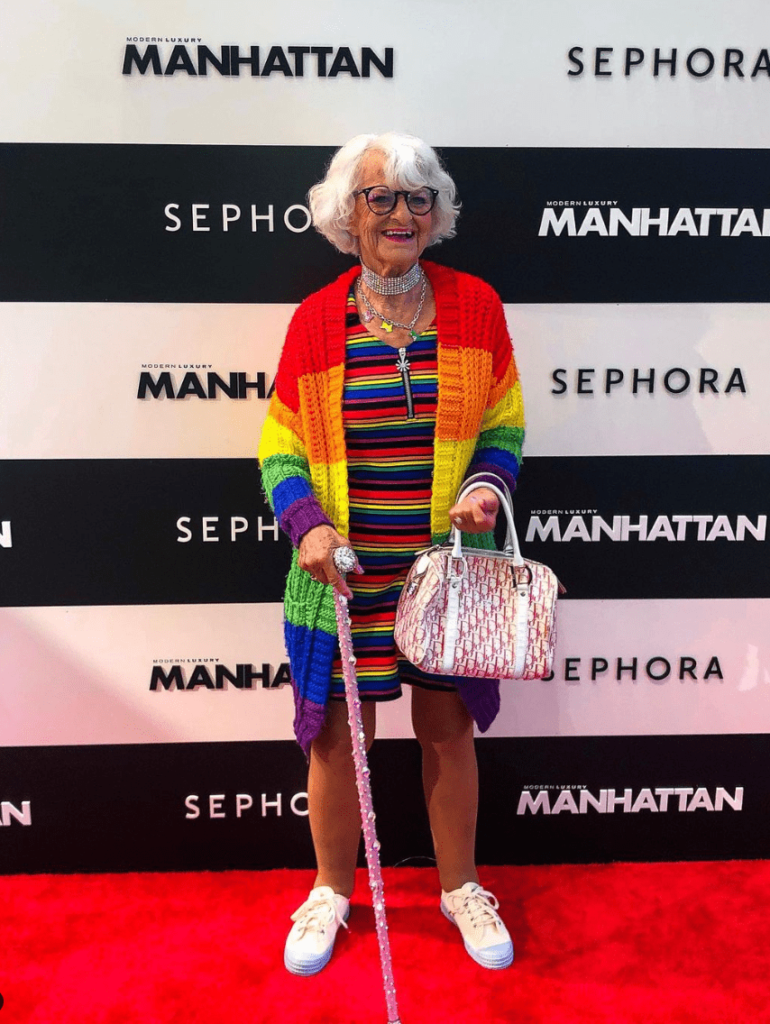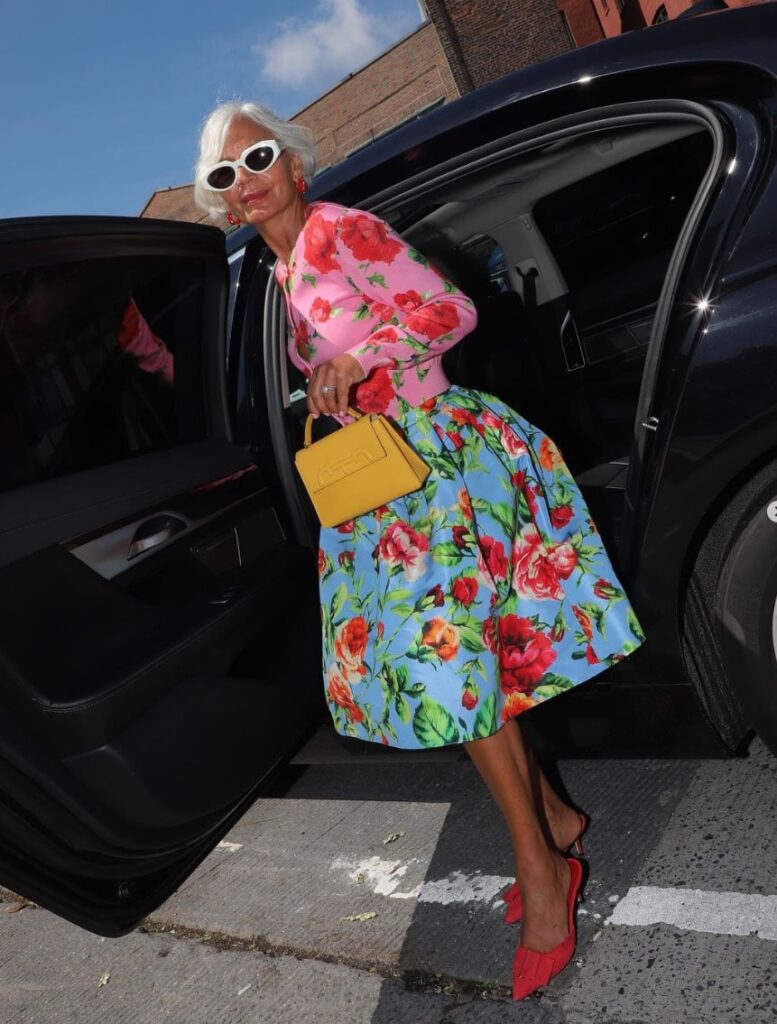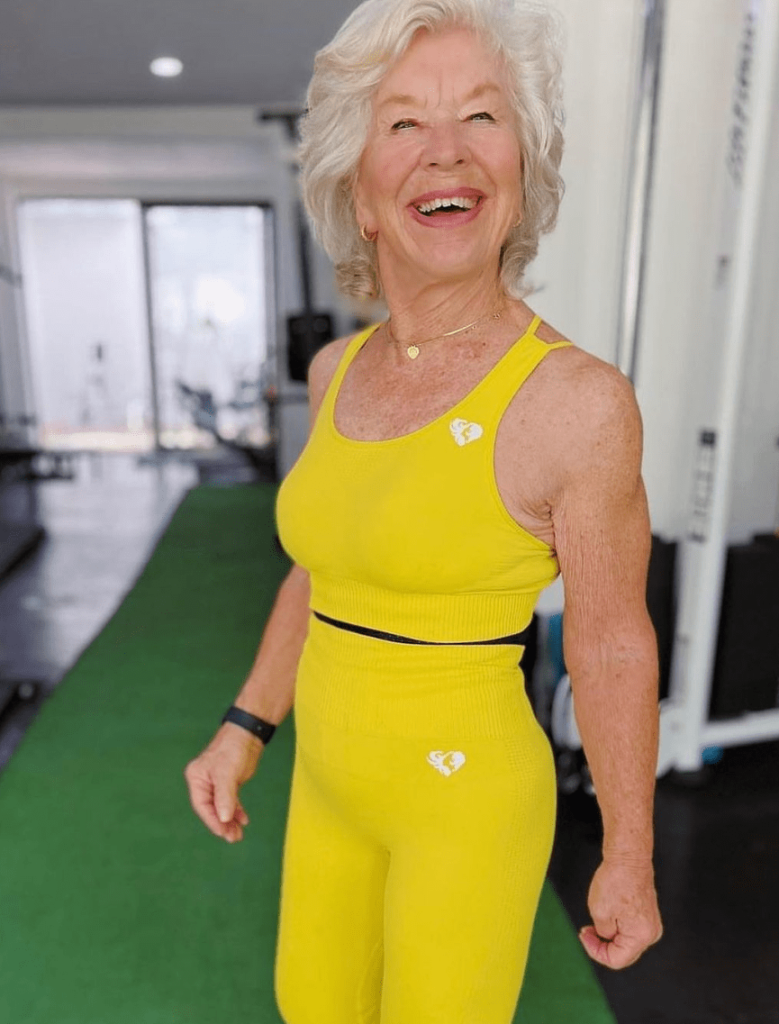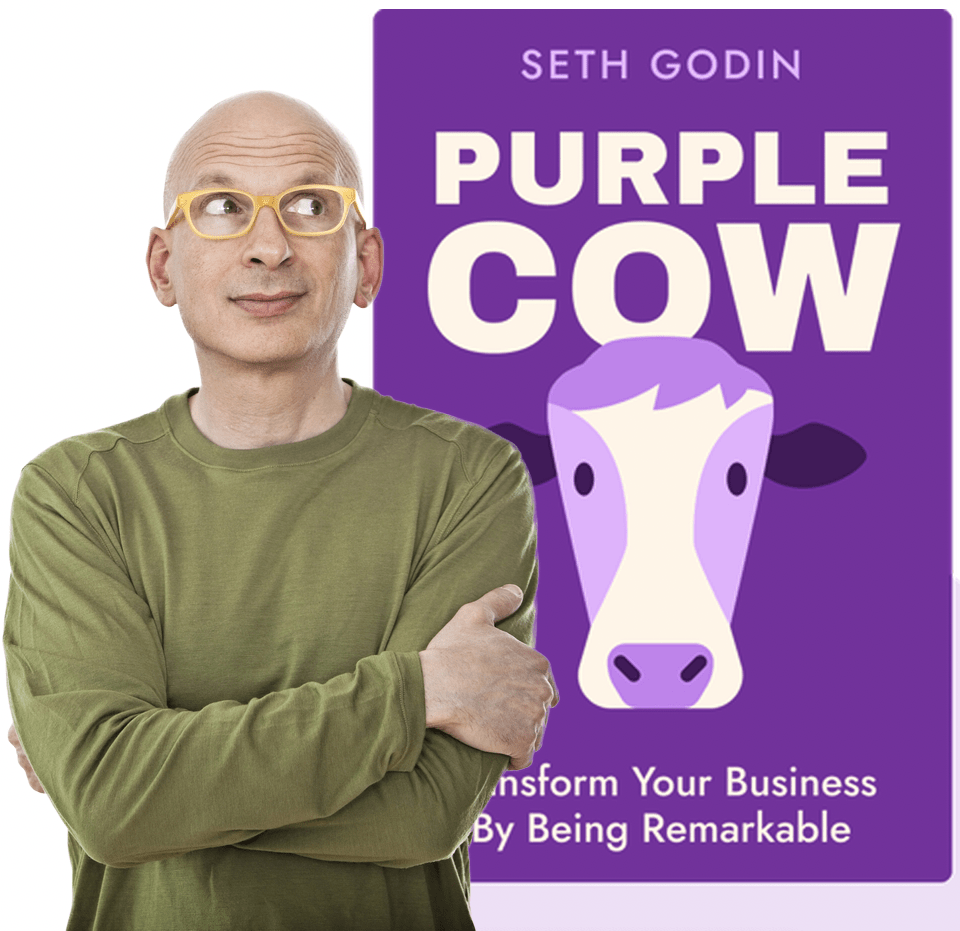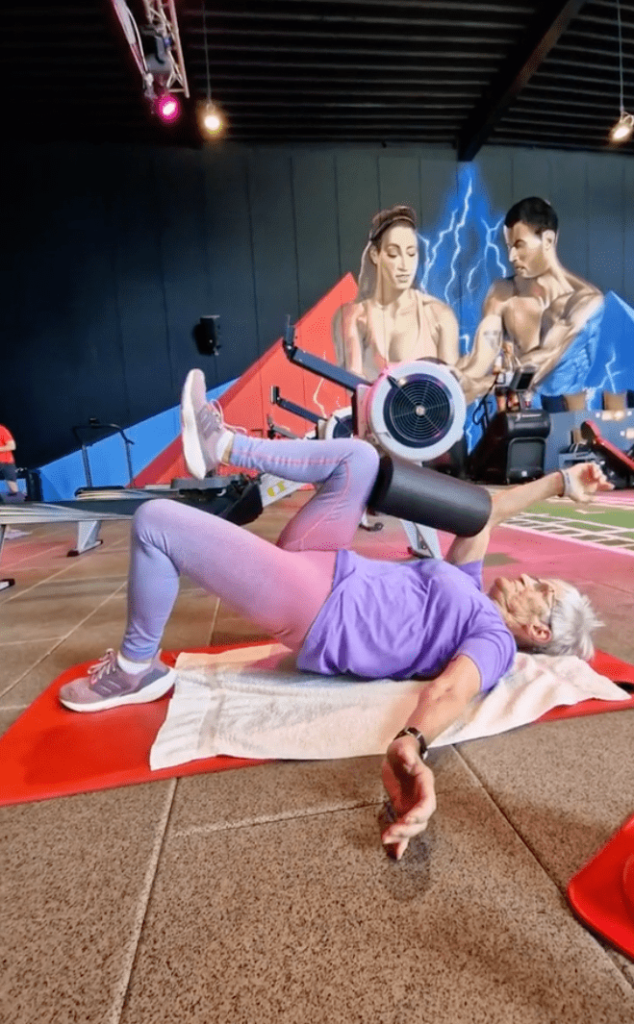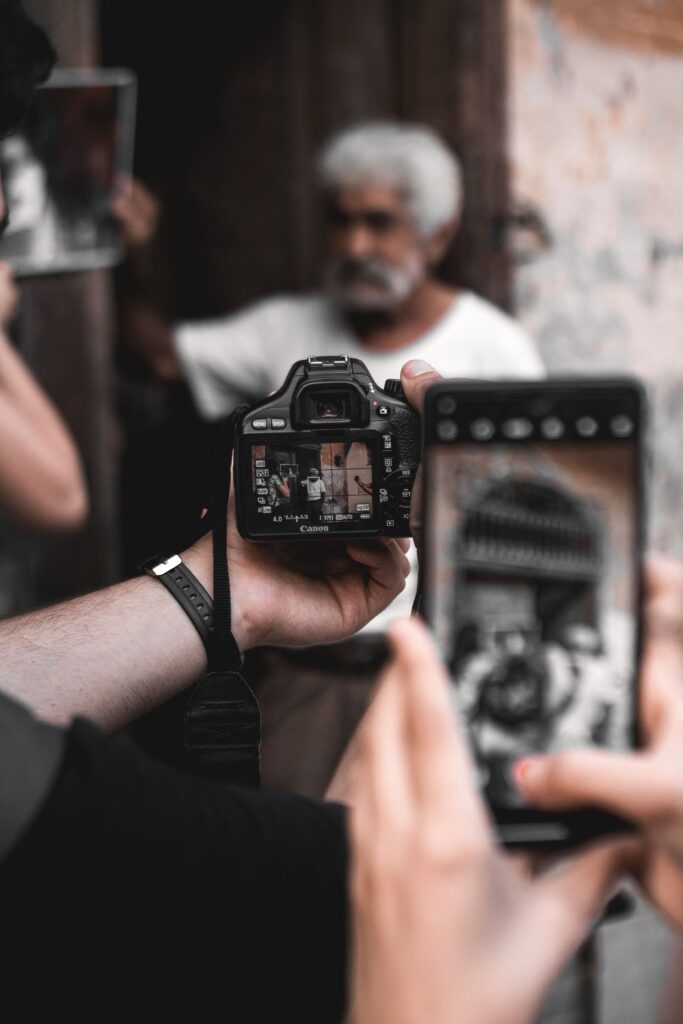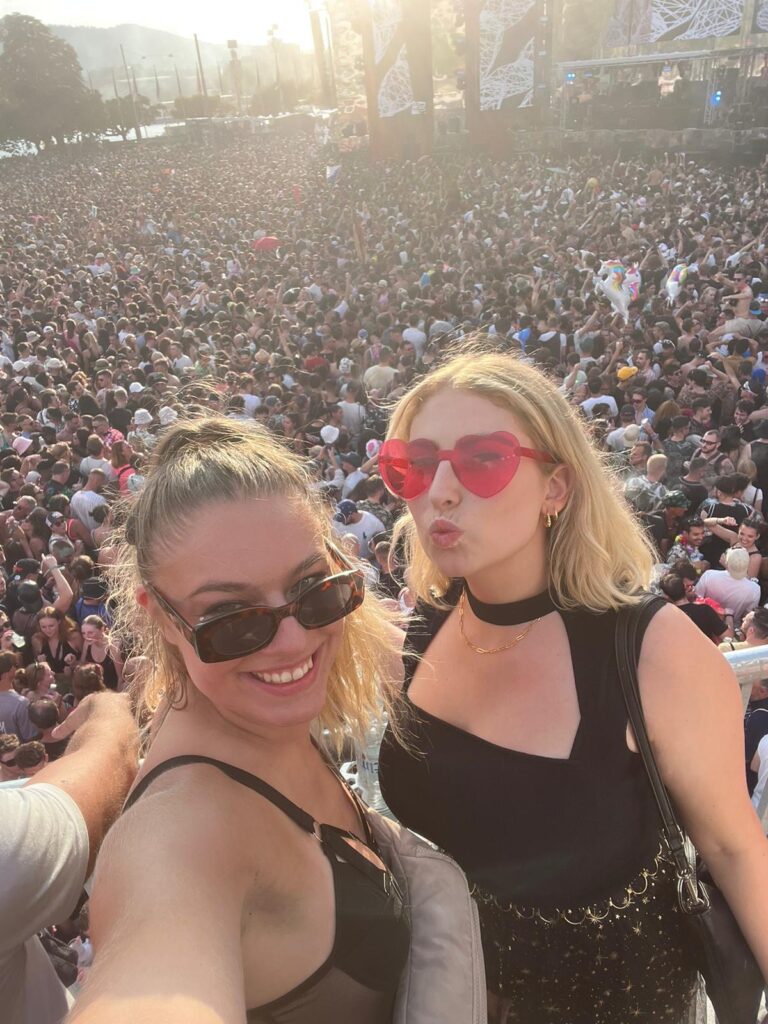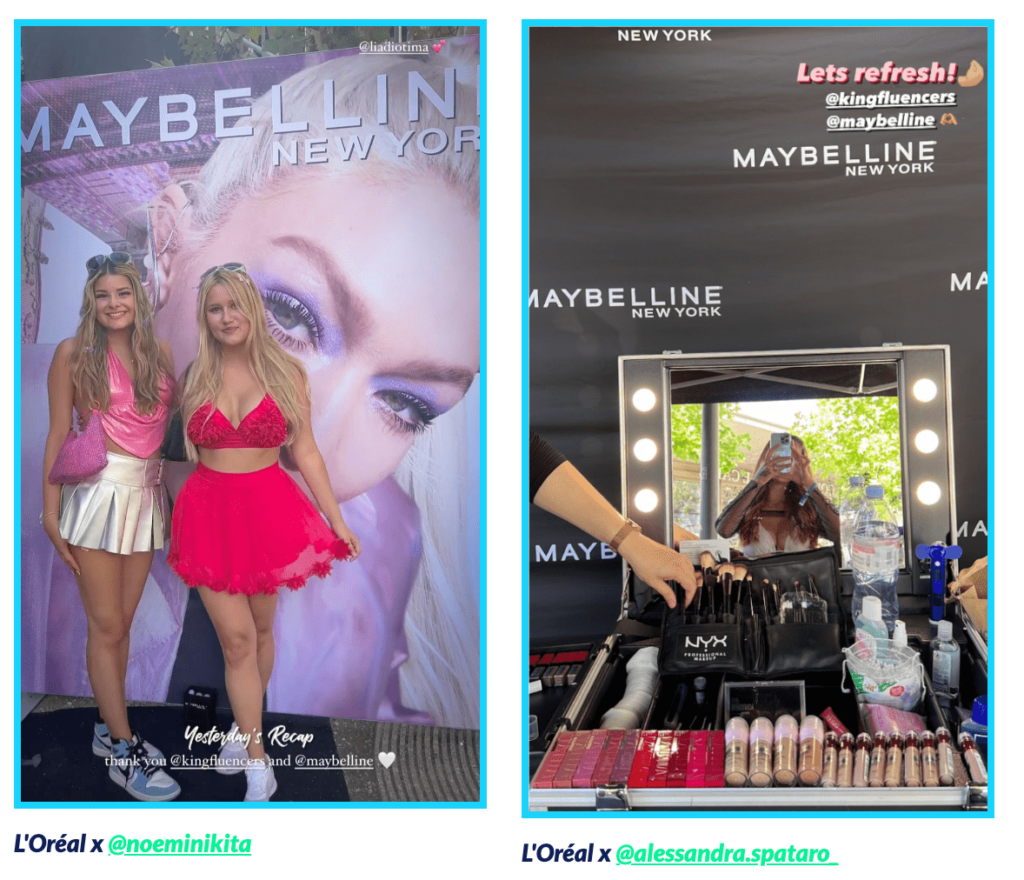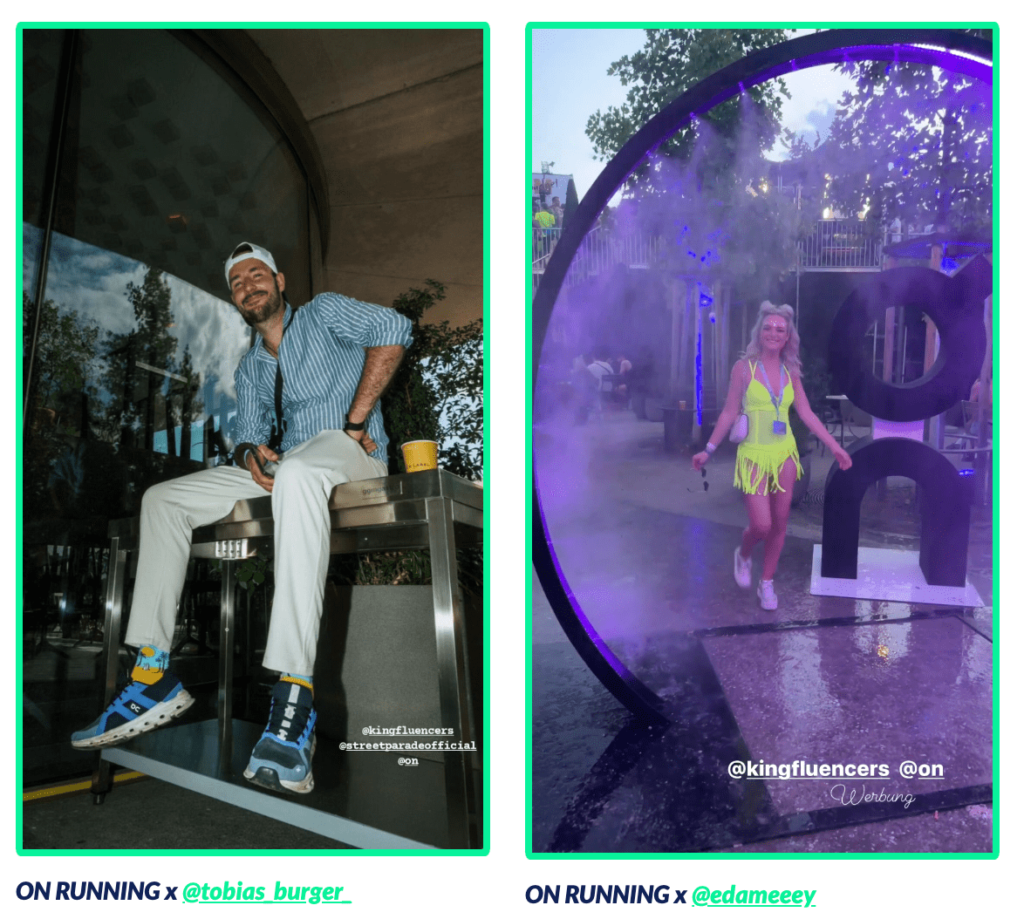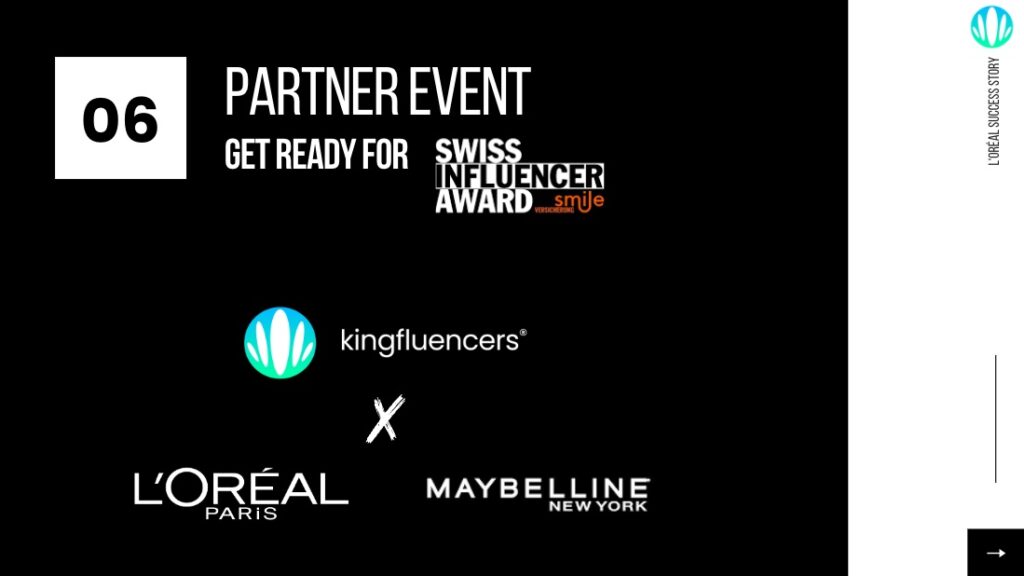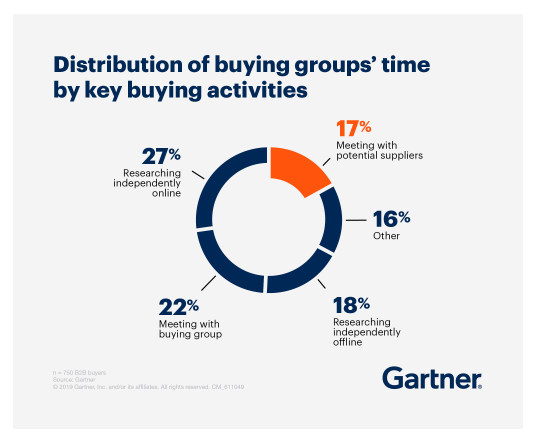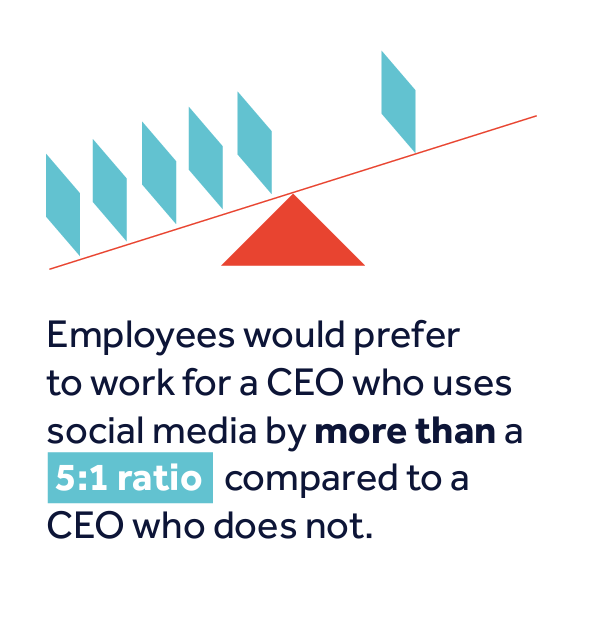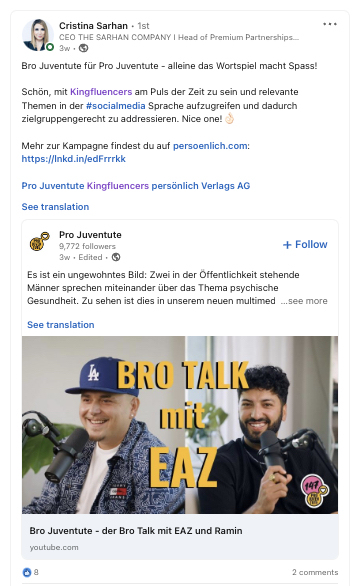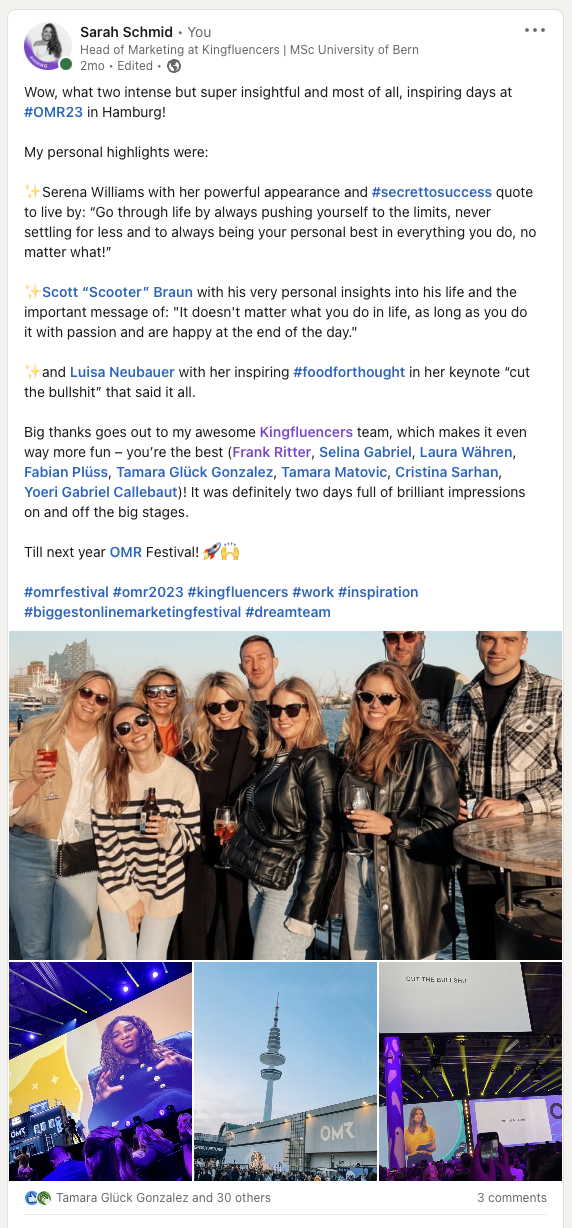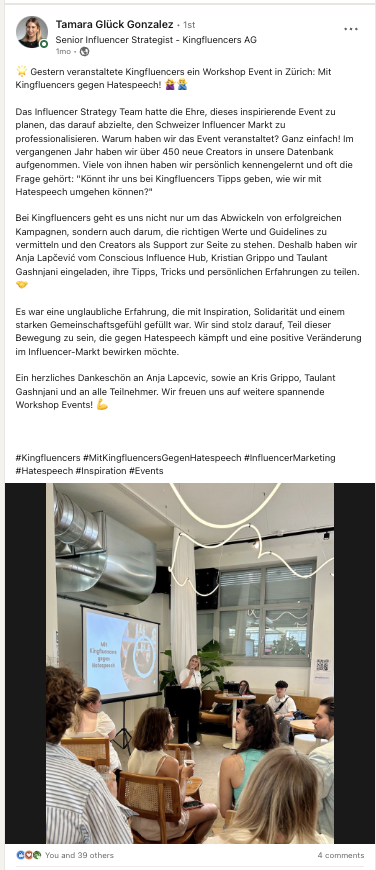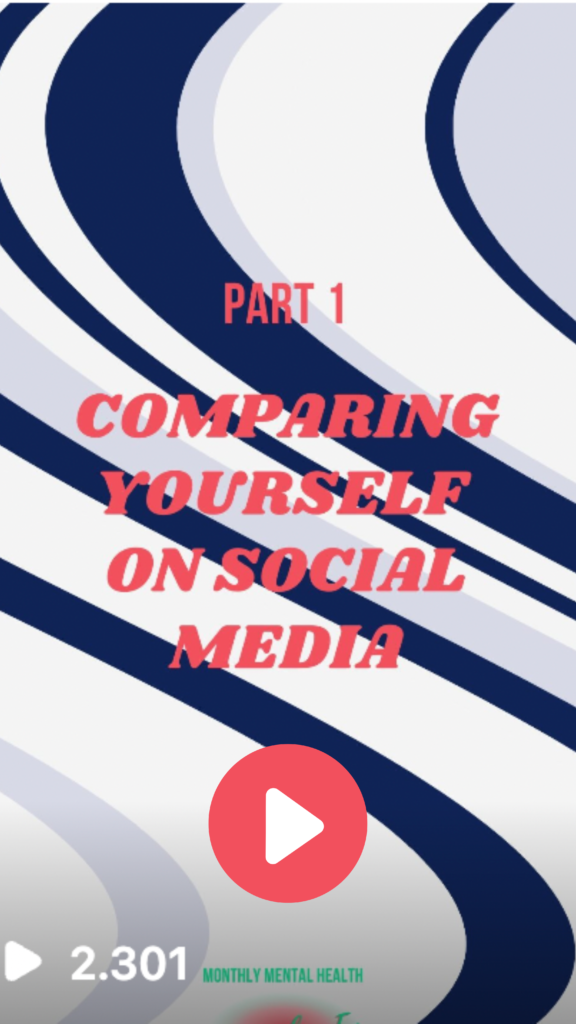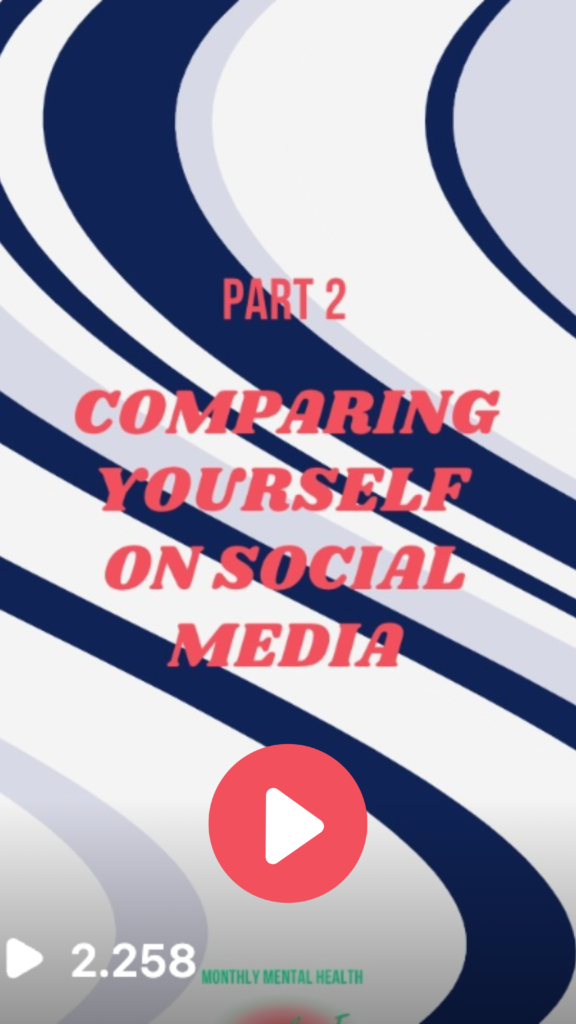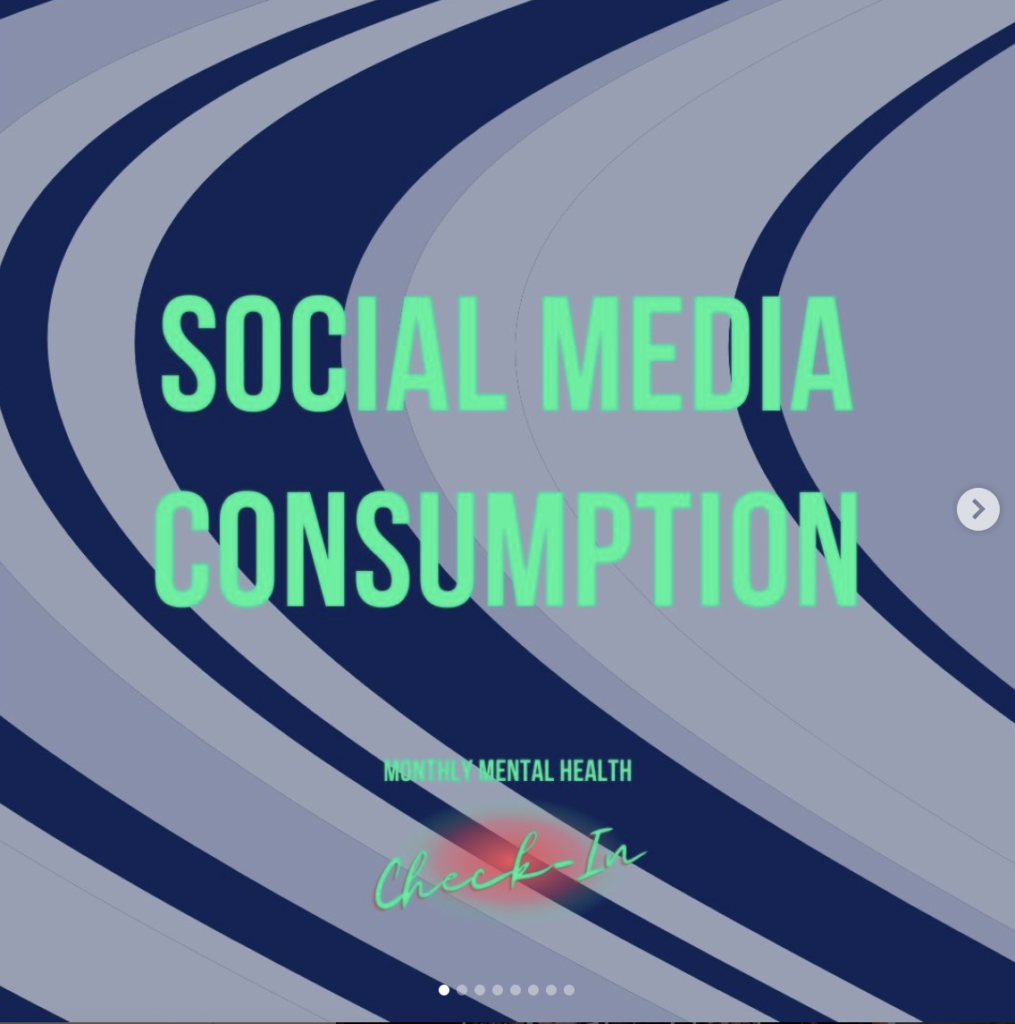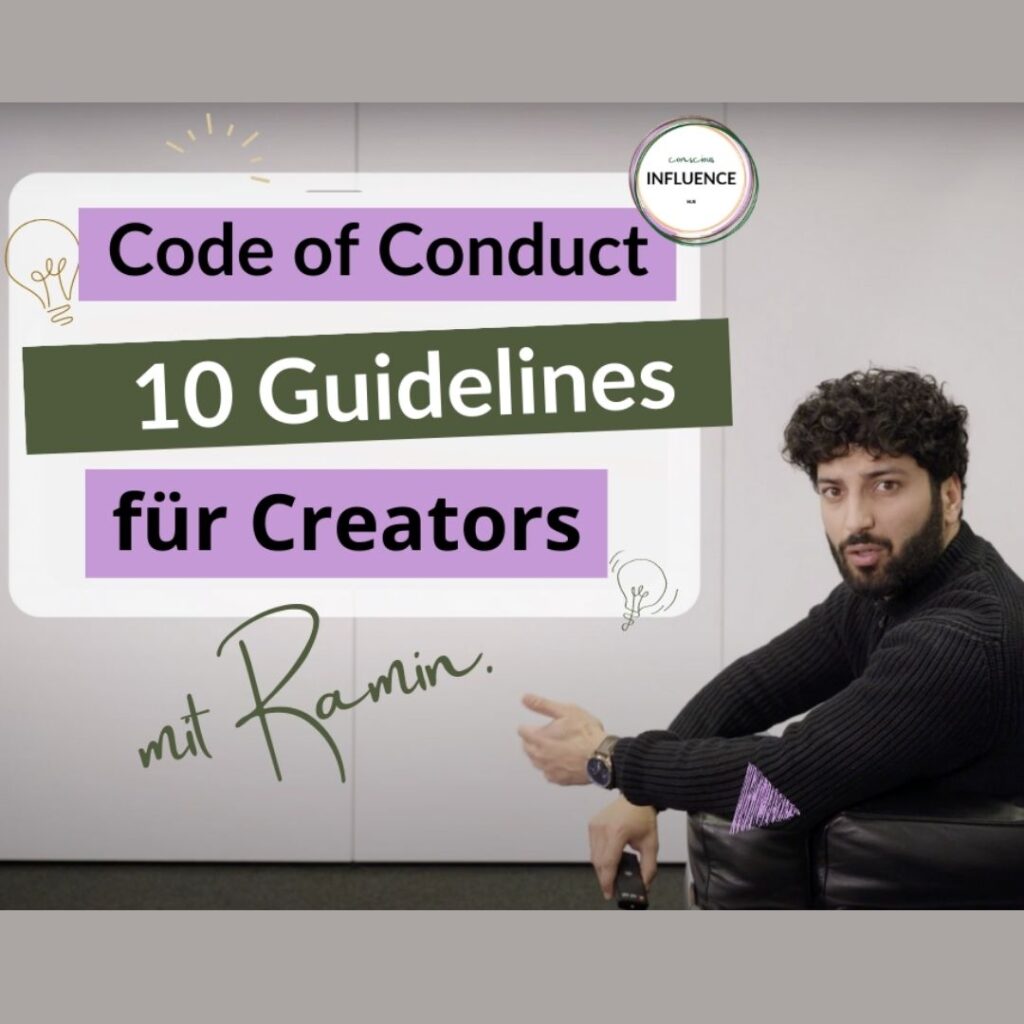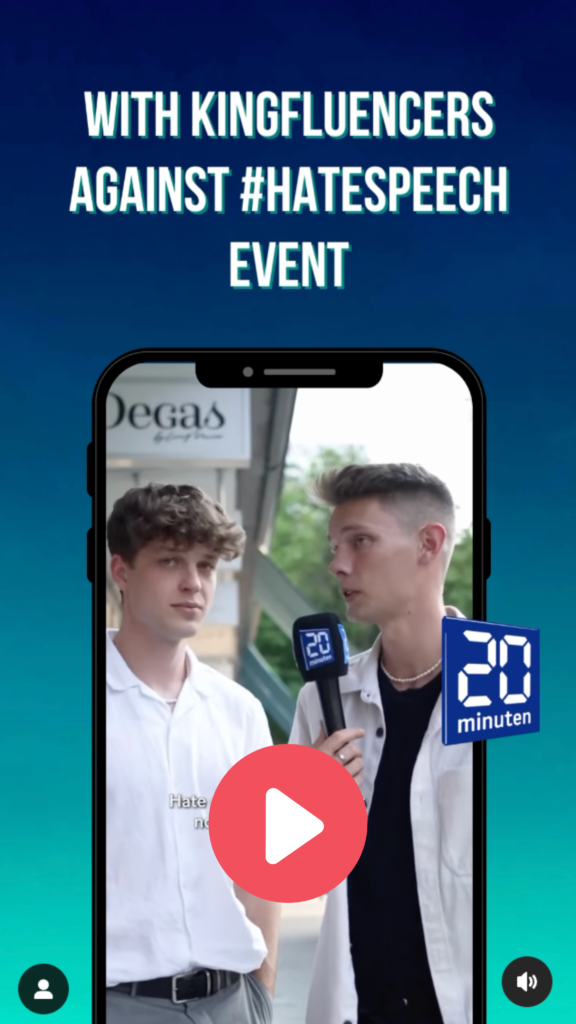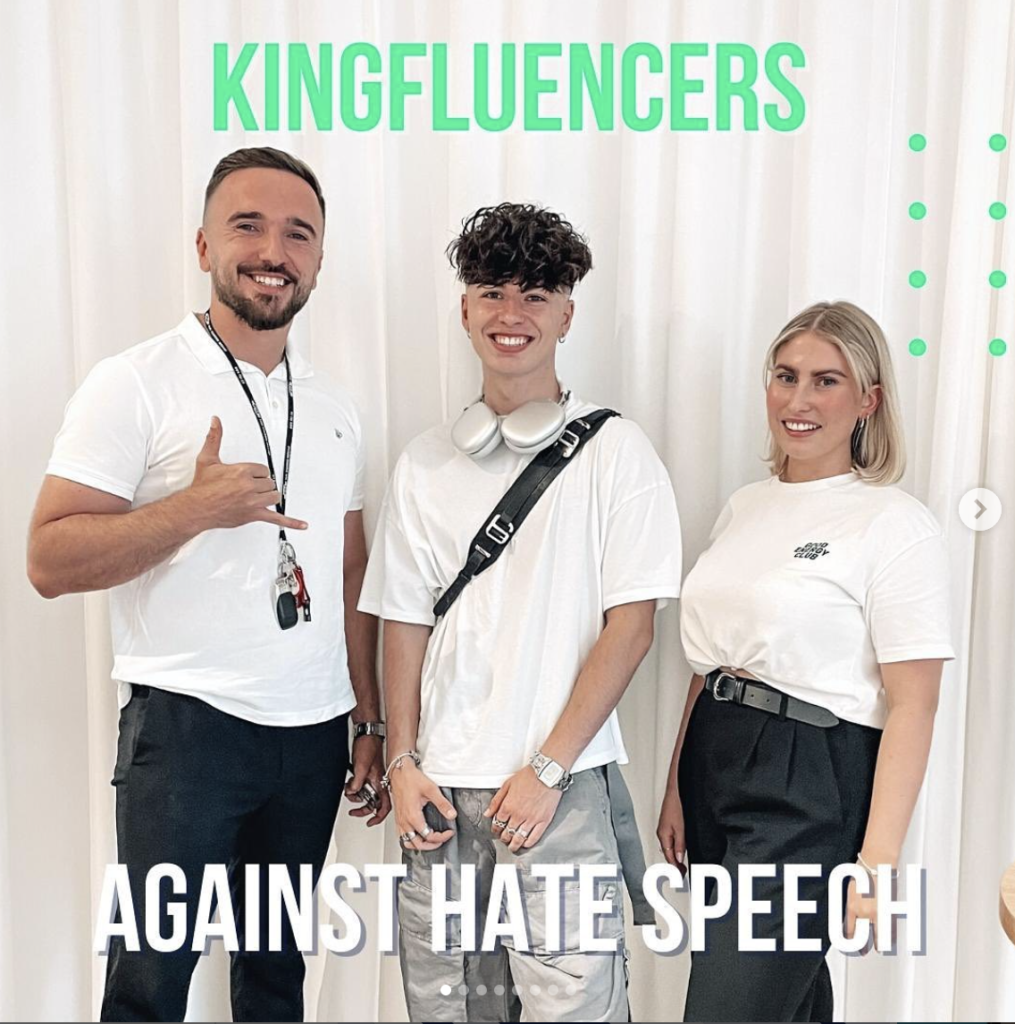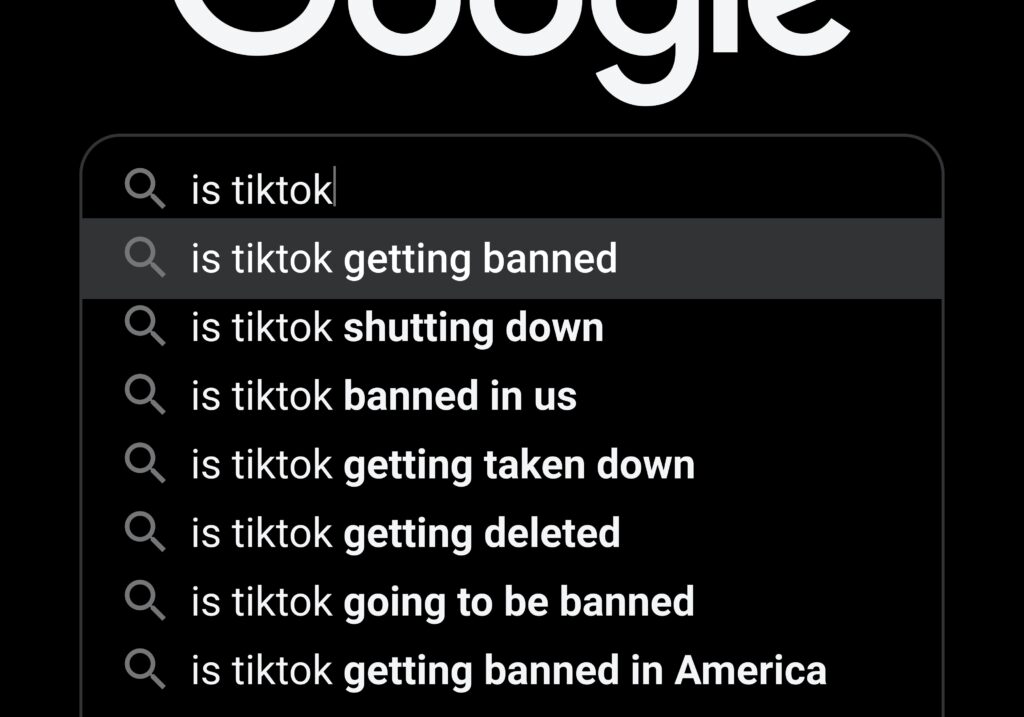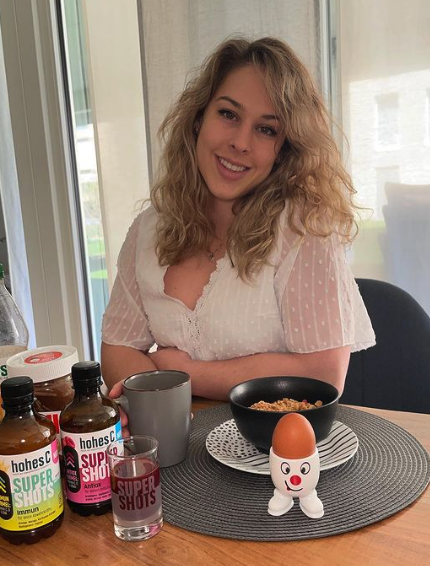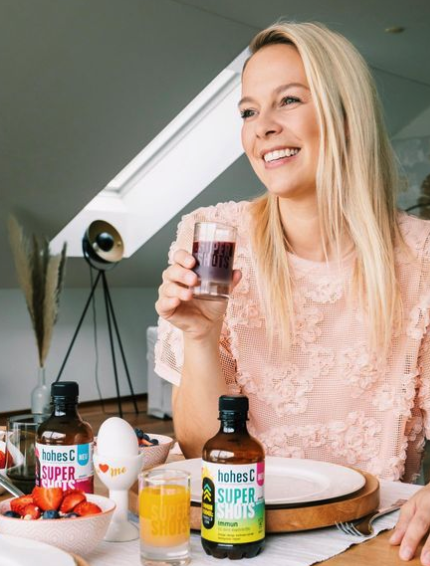We’ve written often about the importance of authenticity and credibility. Expert influencers are uniquely suited to help elevate your brand’s credibility. We’ll explain what expert influencers are, how they differ from their traditional counterparts, and how to select and work with them.
What are Expert Influencers?
Experts are people with extensive knowledge and/or skills in one particular area. They’re viewed as authorities, but may not always have the largest social media following. With extensive professional acumen, experts are typically informative more than aspirational.
Focused on their primary area of study or practice, they may not often engage in activities that build an audience on purpose, such as posting new content frequently and following trends. Even experts with a smaller following can be valuable partners, as they lend their credibility to your brand, helping you gain trust from your audience.
Fabio A. Marchesin, better known as Finanzfabio, said, “As an expert financial planner, I feel a certain pressure to create more added value and, above all, to provide correct information. My aim is to create a clean basis and then go into more depth to provide thought processes that no one else can offer. While my work is intended to serve non-professionals, my colleagues in the financial sector also find it useful for further training or exam preparation.”

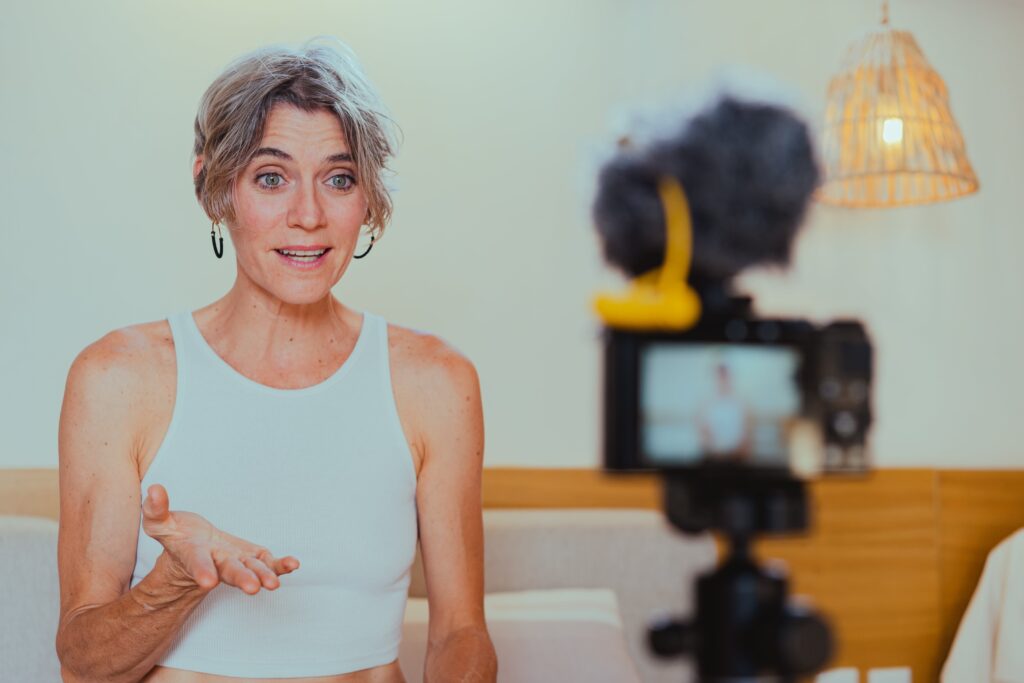
Quality Over Quantity – Expertise is More Important Than Follower Count
Many brands partner with celebrity influencers in order to reach millions while gaining the personal endorsement of a popular individual. However, some consumers have become disillusioned with outmoded influencers who can be artificial and unrelatable while excessively pushing products. According to Trustpilot, celebrity influencers have the lowest level of trust among consumers – two-thirds (67% in the US and 65% in the UK) describe their level of trust in this source of information as ‘low’.
Expert influencers can serve as an antidote. 41% of consumers trust expert reviews, whereas only 13% trust advertising.
Veronica Kiriak, Doctor and Content Creator, shared her views on how brands and followers have different expectations of experts as compared to classic creators. “As a doctor and influencer at the same time, you have to act a little differently than classic creators. I choose my collaboration partners very carefully and always pay attention to legal and medical principles. Brands often place particular value on the authenticity of my medical expertise, while my followers are primarily looking for reliable information. It requires a balance to meet the expectations of both sides.”


How Do Expert Influencers Help Brands?
Collaborating with people who bring the credibility of formal education and expert credentials can help brands stand out, and can be particularly advantageous in the beauty industry. As marketer Polly Petrova writes “the beauty sector has become more cautious when it comes to collaborating with influencers. It seems the industry is trying to lessen the ‘influence’ of influencers.”
Many beauty influencers post their personal daily skincare routines and preferred brands. However, a dermatologist brings exceptional credibility, with a trustworthiness that’s hard to beat. Dr. Liv Kraemer shares best and easy #skincare routine tips with her more than 243K TikTok followers. Dr. Liv also sells products made in Switzerland that she developed inspired by decades of dermatology insight.
When partnering with an expert, your brand benefits from their credibility in addition to gaining access to their audience. Experts can be especially skilled at explaining complex concepts and bringing clarity to technical jargon. “Finanz Fabio” provides financial education on his podcast and shares podcast snippets on TikTok, along with street interviews he conducts.
Expert influencers also fulfill the need for industry-specific knowledge that B2B buyers have throughout lengthy, complex sales processes.
Experts Influencers Continue Working in Their Profession
For many traditional influencers, social media content creation and brand partnerships are their primary sources of income. OTOH, experts make a living with careers distinct from social media. For example, dermatologist Dr. Liv still sees patients in her clinic and Fabio provides personal financial consulting services.
Continuing to work in their profession means expert influencers:
- Keep their knowledge current
- Have new real-world experiences
- Must maintain a positive reputation

The need to maintain their reputation prevents experts from promoting brands they don’t believe in, further strengthening their trustworthiness with audiences. Regardless of what percentage of their income is generated by content creation, their influencer career relies on their professional credibility. It’s not worth risking any threat to that credibility for a questionable brand partnership.

Veronica Kiriak said, “My content creation process requires more research to ensure my medical statements are accurate. At the same time, I try to present the information in an entertaining and accessible way to keep my community’s attention. I have high expectations of myself, especially in terms of the quality and accuracy of my medical advice. It’s important to be transparent when it comes to the boundaries of my expertise and to always create a safe space for questions from my followers.”
How to Select and Work with an Expert Influencer
1. Start with your Marketing Goals
We’ve discussed how expert influencers differ from their traditional counterparts, but when partnering with any influencer, your goal is still to build digital brand equity. While some aspects may differ, it’s important not to abandon your existing processes for building successful campaigns.
Alter your Influencer Evaluation Criteria & Examine Their Credentials
When considering partnering with any influencer, it’s important to view their track record. With experts, you should additionally evaluate their formal credentials. Do they have the requisite education? Are they certified with the relevant board, such as with surgeons and architects? Can you confirm that after obtaining both the education and credentials, they also have real-world experience working in the field?
2. Pitch Your Brand to the Expert
Considering their need to carefully guard their reputation, experts can be particularly discerning about the brands they work with. You may have to invest time in selling your brand to the expert. This could involve a more detailed, technical analysis of your product, such as examining ingredients or production processes.
3. Be Flexible with Payment Structure & Recognize Added Value
Again, brand promotions aren’t their primary focus, so you may need to compensate experts with a different type of payment structure. Scrunch advises, “…they might be more expensive as you are really purchasing their time, experience, and credibility. Almost think of it as paying a consultant, rather than an influencer.” The value you receive from working with an expert extends beyond access to their community. Your brand earns a seal of approval from a knowledgeable expert. These engagements might also be longer term.
4. Maximize Use of Their Expertise
Instead of asking them to merely promote your product, think of additional ways their expertise can benefit your brand. Ask them to sit for an interview, speak at a conference or webinar, write a blog with their top tips, or provide feedback on your new product innovations.
5. Make the Content Keep Working for you
Increase the value of these collaborations with performance marketing (boosting content to reach even higher KPIs). Consider multi-touch attribution models and use every channel strategically.
Get Started with the Best Expert Influencer Matches for Your Brand
As the leading full-service influencer marketing agency in Switzerland and beyond, Kingfluencers can help you select and collaborate with influencers of all types, whether B2C, B2B, expert, or traditional. We help give brands a real face that people relate to, stand out from the noise, and connect to consumers.

